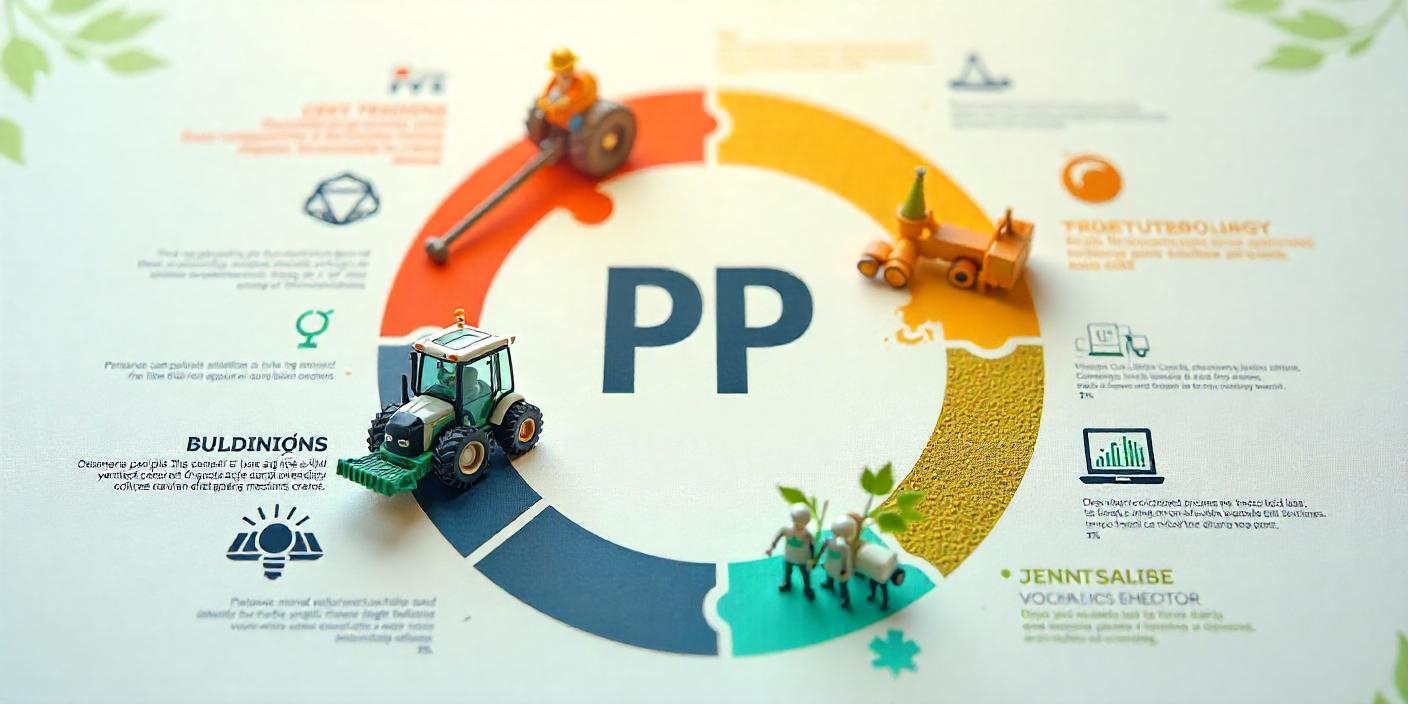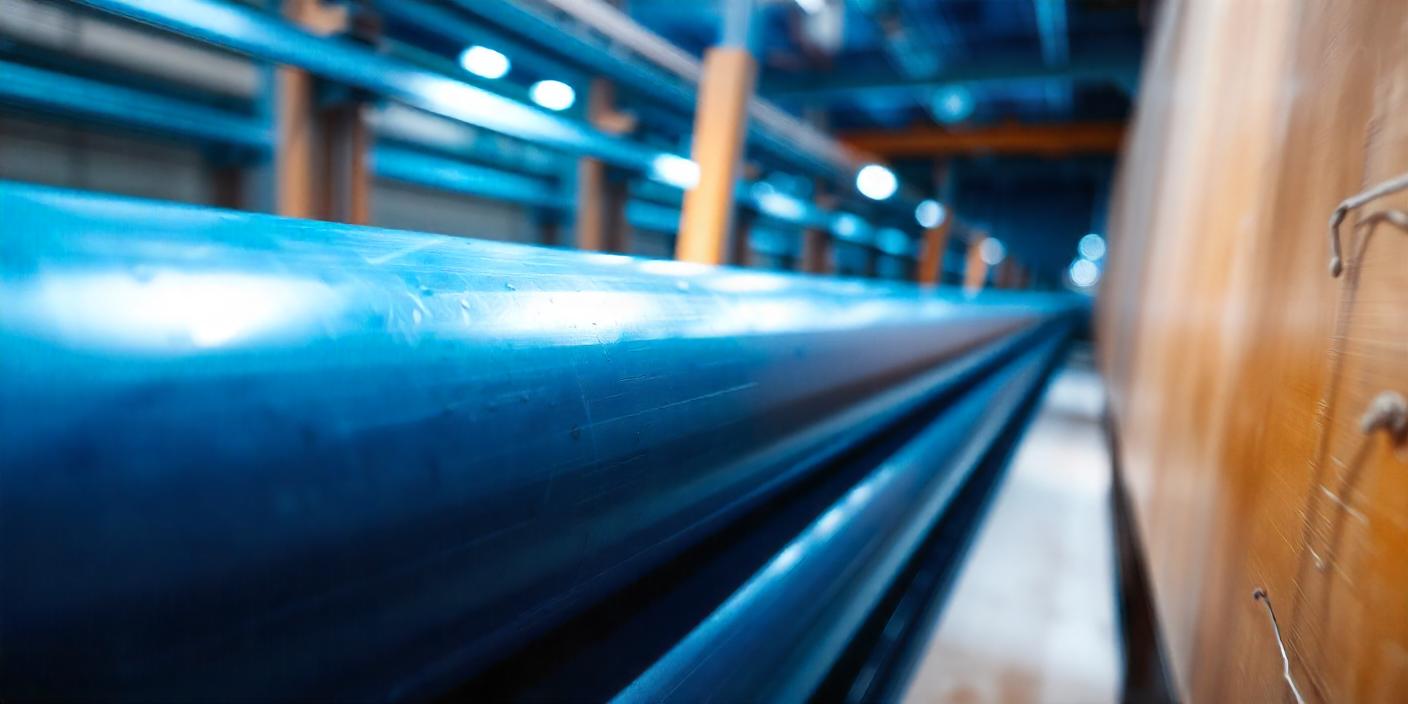HDPE injection molding grades from Iran
Iran is known for its diverse offerings of High-Density Polyethylene (HDPE) injection molding grades, tailored to meet various industry requirements. These grades are produced to cater to different applications ranging from rigid components to packaging materials. The most common HDPE injection molding grades include options that are designed for high clarity and strength, making them suitable for products requiring precise and durable specifications.
Some of the notable HDPE injection molding grades available in Iran are optimized for use in the production of containers, automotive parts, and complex molded components that require durability and resistance to impact. The manufacturing process for these grades often involves stringent quality control to ensure that the final products meet specific performance metrics, which is critical for industries like food packaging and industrial applications.
In addition to standard grades, Iranian manufacturers also offer customized polymer solutions, allowing clients to specify performance attributes such as melt flow index and tensile strength. In Flamingo Eurasia Company, we are ready to offer solutions to our customers with a variety of HDPE grades tailored for injection molding.
For industries looking to source HDPE injection molding grades from Iran, it is advisable to consider factors such as the specific application needs, the desired physical and chemical properties, and the reliability of the suppliers. Engaging with companies that specialize in HDPE manufacturing can provide insights and assistance in choosing the right grade for particular applications, ensuring compliance with relevant industry standards.
HDPE INJECTION MOLDING GRADE APPLICATIONS
High-density polyethylene (HDPE) is a widely used thermoplastic polymer known for its excellent strength-to-density ratio, making it ideal for various injection molding applications. HDPE is particularly favored in industries such as automotive, consumer goods, and industrial applications due to its robustness and versatility.
- CONTAINERS, AND OTHER DURABLE GOODS: One of the most common grades of HDPE for injection molding is the high-density polyethylene with narrow molecular weight distribution, which provides enhanced flow properties during processing and results in more uniform products. Thet are designed for applications requiring strength and impact resistance, such as caps, containers, and other durable goods.
- MEDICAL AND FOOD PACKAGING: In addition, HDPE is utilized in the production of food-grade items because of its resistance to chemicals and moisture, which preserves the integrity of food products. Grades like HDPE CC2056 are suitable for food contact applications, although such uses are less typical compared to industrial applications. Light-stabilized variants of HDPE are also available, offering protection against UV radiation, thereby enhancing their suitability for outdoor applications.
- SHEETS FOR THERMOFORMING: Thermoforming, which is another approach, can also be applied to HDPE sheets to create containers. Thermoforming involves heating a plastic sheet until soft and then forming it over a mold. The advantage of using HDPE sheets in thermoforming applications includes the ability to efficiently produce large volumes of products at reduced costs compared to injection molding, albeit with a generally thicker wall.
BENEFITS OF USING HDPE IN INJECTION MOLDING
High-Density Polyethylene (HDPE) is widely recognized for its numerous benefits when it comes to injection molding. One of the primary advantages is its high strength-to-weight ratio, making it a preferred choice for applications that require durable yet lightweight components. This property allows manufacturers to produce robust products without adding unnecessary weight, which is critical in various industries, including automotive and consumer goods.
Another significant benefit is HDPE’s excellent chemical resistance. This material can withstand a wide range of chemicals, which makes it ideal for applications such as containers, pipes, and industrial components that are exposed to harsh environments. Furthermore, HDPE is known for its flexibility in processing; it can be molded into complex shapes and designs without compromising integrity, providing manufacturers with the versatility needed to meet specific design requirements.
Ease of recycling is another compelling factor for choosing HDPE in injection molding. The material is highly recyclable, promoting sustainability in production processes and minimizing environmental impact. Additionally, the cost-effectiveness of HDPE makes it a popular option among manufacturers; its relatively low price combined with its performance benefits creates a favorable economic scenario for large-scale production.
Moreover, HDPE has a higher melt flow index (MFI) than many other materials, which allows for better flow during the injection molding process, facilitating faster production cycles. This characteristic can improve the efficiency and turnaround times for manufacturing operations, making it an attractive option for high-volume production runs.
In summary, the benefits of using HDPE in injection molding include its high strength-to-weight ratio, superior chemical resistance, processing versatility, recyclability, cost-effectiveness, and favorable flow properties, making it a key material in modern manufacturing.
MFI in HDPE INJECTION MOLDING GRADES
Melt Flow Index (MFI) is a critical parameter in understanding the flow characteristics of High-Density Polyethylene (HDPE) during injection molding. It indicates the ease with which the polymer can flow when subjected to heat and pressure. MFI is measured in grams per 10 minutes (g/10 min) and varies according to the grade of HDPE and the specific application intended.
In HDPE injection molding, different MFI levels cater to various manufacturing needs. Low MFI grades are typically utilized for applications requiring high mechanical strength and rigidity, such as containers and industrial parts, while high MFI grades are better suited for intricate and detailed molded products where reduced cycle times are essential. This variance allows manufacturers to select the appropriate HDPE grade to achieve the desired balance between flowability and physical properties like tensile strength and impact resistance.
For instance, HDPE grades with higher MFI tend to have a narrower molecular weight distribution, allowing for easier processing and lower warpage during molding processes. Conversely, lower MFI grades maintain better dimensional stability and durability in finished products.
Understanding MFI is also fundamental when considering the compatibility of HDPE with additives, fillers, or colorants, as the flow characteristics can significantly affect product quality and performance. Hence, selecting the right MFI grade can influence not only production efficiency but also the final product’s reliability and application scope.
Therefore, when selecting an HDPE grade for injection molding, it is essential to analyze the required mechanical properties and the specific processing demands to choose an MFI that optimally balances flow and performance.
The selection of additives and colorants can also impact the suitability of HDPE for specific applications, particularly regarding UV resistance and overall aesthetics. Therefore, when dealing with MIF 1.2 HDPE for producing shampoo bottles, it’s crucial to consider both the injection molding parameters and the potential for thermoforming to meet production demands effectively and economically.
Ultimately, the choice of HDPE grade for injection molding depends on the intended application, required mechanical properties, and the environmental conditions the final product will face. Understanding the characteristics of different HDPE grades allows engineers and manufacturers to select the most appropriate material for their specific needs.



